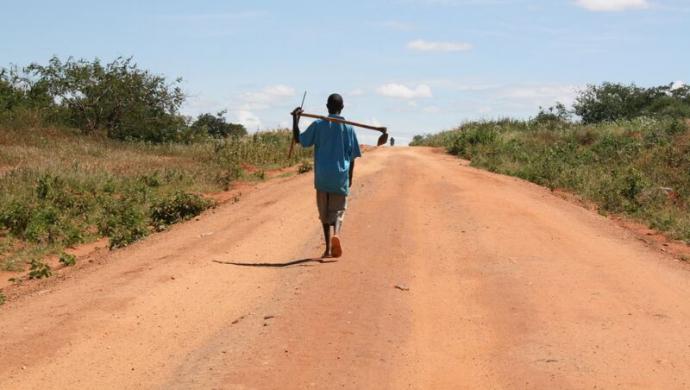The worlds population in 2300 is likely to be around nine billion, lower than previous long-range forecasts, while the population will continue to age rapidly thanks to improving longevity, according to groundbreaking new projections released Tuesday by the United Nations population arm.
World Population in 2300, issued in New York by the Population Division of the UNs Department of Economic and Social Affairs (DESA), is the first formal UN population report to forecast population until 2300, rather than 2150, the previous horizon. It is also the first to have long-range projections for each country, and not just each continent.
In its report, DESA states that the forecast of nine billion people in 2300 – up from the current level of 6.3 billion people – is based on world fertility levels stabilizing at about two children per woman.
DESA stresses this is a medium scenario, adding that a small variation in fertility levels could lead to the population in 2300 being as low as 2.3 billion or as high as 36.4 billion.
Previous projections over the last 30 years had the worlds population reaching 10 or 12 billion people by 2075 or 2200, but the new forecast takes account of fertility declines occurring in the developing world and assumes that future trends in those countries will follow those of developed countries, where fertility rates are low.
According to the medium scenario, Africas share of the worlds population will rise from 13 per cent this year to 24 per cent in 2300, while Europes share over the same period will fall from 12 per cent to 7 per cent.
The report also states that the median age of the world will rise from 26 years today to almost 50 years by 2300, with the proportion of people aged 60 or more rising from 10 per cent to 38 per cent.
DESA says this is due to continuously improving longevity. Eventually the life expectancy for many countries will be more than 100 years at birth, reports the UN news service.















